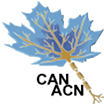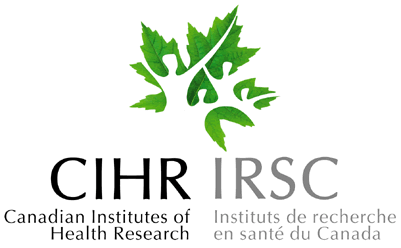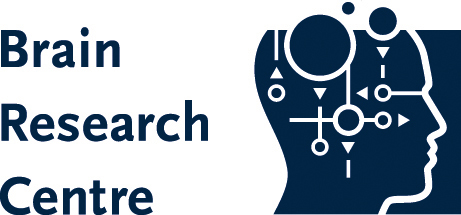Canadian Neuroscience Meeting 2013
CAN 2013
May 21-24, 2013 - Toronto
- Search abstracts (authors/keywords) using the single input field on top of the screen.
- Search for authors using either the complete first and last name or just the last name. No need to use the middle initial
- The tool features a fully-connected and browsable network of institutions and authors. Click on any name or institution to find abstracts related to the author or the institution. The topic or session time can also be clicked to see what other presentations will be made in this area or at that time.
- Once you click on an abstract, it will pop up with the abstract text in a new window along with a number of related abstracts to enhance the "discoverability" of conference content.
- The application keeps track of number of views and "Likes" for each abstract.You can use these statistics to keep track of the popularity of abstracts and -more generally- topics/sessions. Click on the sort button to sort the result of your query by number of views, likes or best-match.
- You can generate a personal list of favorite abstracts by clicking on the "Add+" button on the left side of every abstract. This list can be saved and password-protected. You can also input your email (optional) so we can send you your password if you forget. Multiple lists can be created: they will all be linked to your email address.
- Your list(s) can be printed or saved offline by clicking print and then either selecting any connected printer or pdf writer associated with your device.
- The publication record of each author can also be accessed by clicking on "Pubmed" next to the author's name.
- Any questions or problems? You can contact us at support[at]hubbian.com or connect to our forum http://hubbian.com/forum
Poster presentations
Abstracts are classified along the following themes:
- Theme A: Development
- Theme B: Neural Excitability, Synapses, and Glia: Cellular Mechanisms
- Theme C: Disorders of the Nervous System
- Theme D: Sensory and Motor Systems
- Theme E: Homeostatic and Neuroendocrine Systems
- Theme F: Cognition and Behavior
- Theme G: Novel Methods and Technology Development
- Theme H: History, Teaching , Public Awareness and Societal Impacts in Neuroscience
Guidelines for poster presentation
- You will be provided with a maximum surface area of 3.75' x 3.75' (114 cm x 114 cm) to display your poster. Posters can not exceed this size.
- Push pins will be provided for you to affix your poster to the display board.
- You may hand out information sheets to those viewing your poster.
- Poster material must be prepared in advance and should be large enough to be viewed from a distance of approximately 3' (1 m) or more.
- Each poster must have a top label indicating the title of the paper, the names of the authors and their affiliations. The size of the characters for the title should be at least one inch high.
- Keep illustrative material simple. Charts, drawings and illustrations may be similar to those used in making slides - preferably with bolder, heavier figures. These materials should be mounted on fairly stiff paper - but NOT heavy cardboard.
- "Introduction" and "Conclusion" sections are usually helpful.
- When feasible, use graphs for demonstrating qualitative relationships, tables of precise numerical values.
- If used, photographs should be in a matte finish, not glossy.
- Do not fold posters; roll and carry them in an appropriate container.
- Do not mail poster presentations in advance; bring them with you to the Meeting.
- Meeting staff will be present to assist you during the poster set up times
- Removal and collection of posters at the end of the display period remains the responsibility of the author(s). Posters not removed by the indicated take down time will be removed and disposed of by meeting staff.
For more information on poster presentations, please contact CAN@dearmondmanagement.com
Download all poster abstracts - PDF document

 Abstract Search
Abstract Search




